5 Tips To Treat Coloured, Damaged Hair At Home
By: Priyanka Maheshwari Wed, 28 Feb 2024 11:52:06
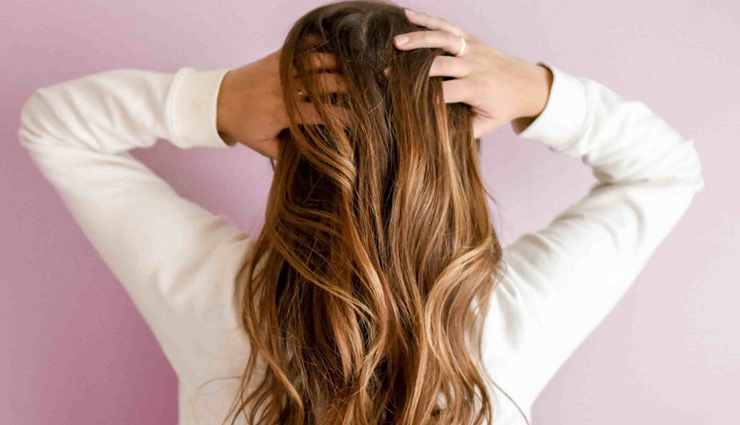
We all experience varying degrees of hair damage, whether it manifests as dryness, brittleness, split ends, or breakage. Typically, this damage occurs due to the outer layer of the hair, known as the cuticle, being compromised, leaving the hair shaft susceptible to further harm.
Does Coloring Your Hair Cause Damage?
When opting for permanent hair color, especially if transitioning to a lighter shade, there's a likelihood of causing some damage to your hair. This is because the bleaching process involved in lightening hair entails stripping away its outer layers, correct?
Chemically damaged hair often stems from excessive coloring or DIY dyeing, as lightening agents require professional handling to minimize damage and color mishaps.
With repeated lightening treatments or prolonged exposure to chemical agents, the cuticles of your hair gradually weaken, resulting in a coarse texture. They also become more porous, allowing both color and moisture to escape.
A tendency for color to fade quickly may prompt more frequent lightening treatments, exacerbating hair damage and accelerating color fading. This can create a detrimental cycle of damage.
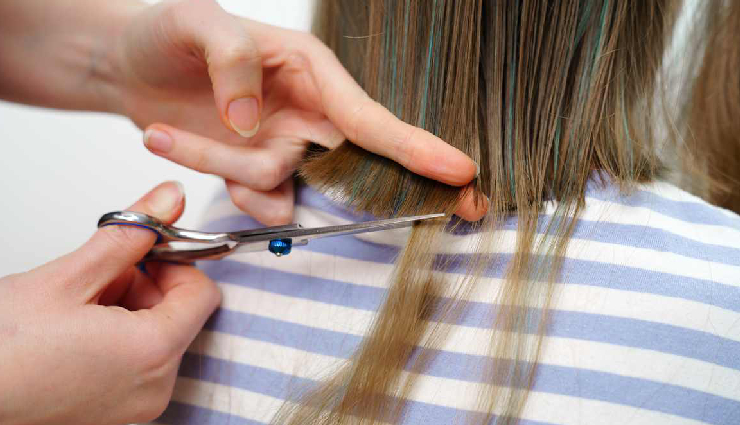
# Maintain Regular Hair Trims
To prevent or address split ends, it's advisable to schedule a trim every 6-8 weeks. Neglecting split ends can lead to dry, brittle, and damaged hair.
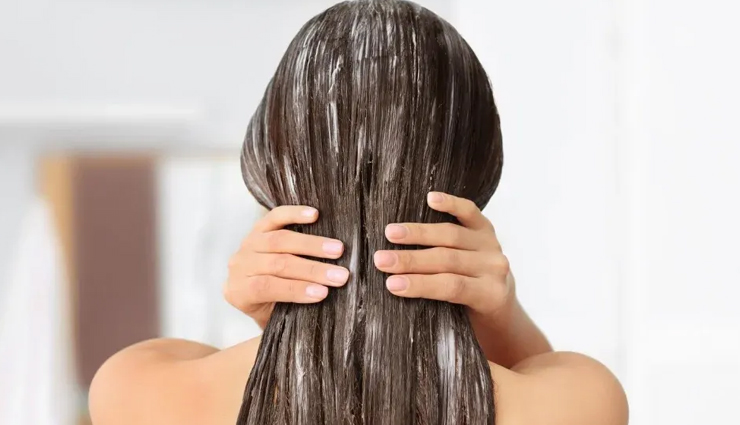
# Utilize Homemade Hair Masks
Avocado, banana, and eggs are top choices for DIY hair masks, aiding in the repair of damaged hair and restoring its vitality.
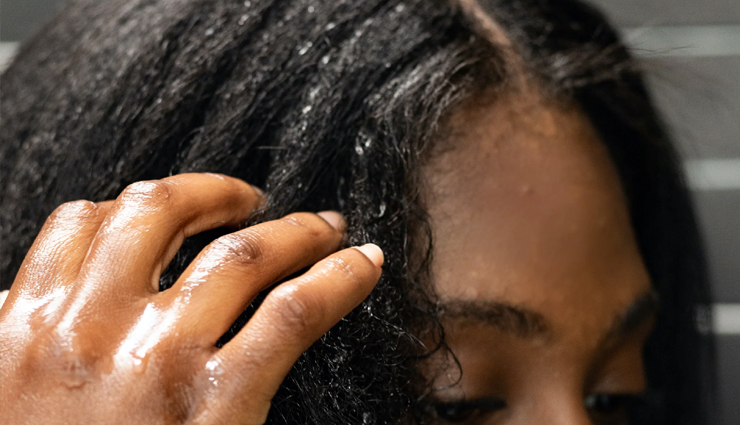
# Harness the Power of Hair Oils
Various hair oils offer benefits in repairing and moisturizing hair. Coconut oil is renowned for its moisturizing properties, replenishing lost moisture. Olive oil penetrates the hair cuticle, addressing damage. Almond oil hydrates dry hair and reduces frizz. Argan oil, rich in vitamins E and A, helps prevent hair breakage.
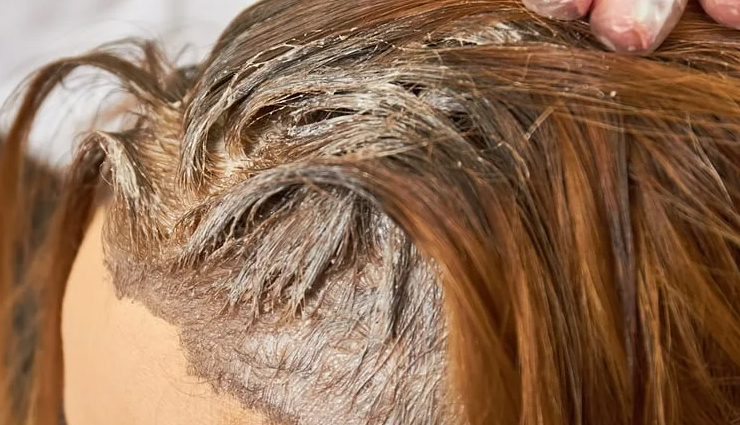
# Upgrade Your Hair Care Routine
Transition to a gentler hair care regimen by conducting thorough research before selecting shampoos, conditioners, oils, and serums. Opt for products free of sulfates, parabens, alcohols, dyes, and artificial fragrances, especially if your hair is damaged. Consider deep conditioning treatments with potent ingredients for prolonged efficacy.
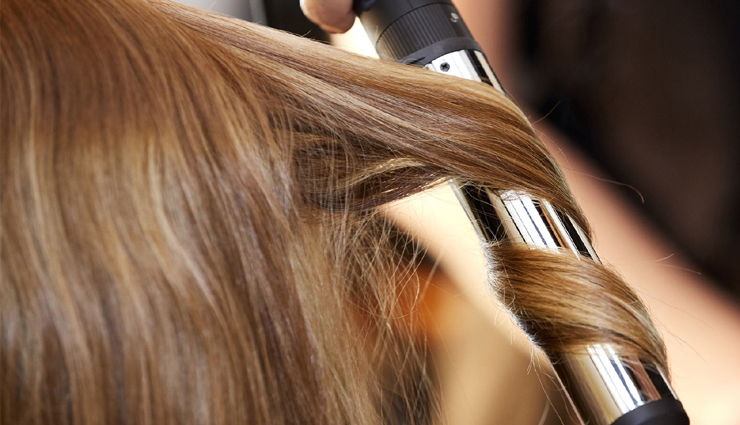
# Prioritize Heat Protection
Despite coloring your hair, you can still use styling tools with proper protection. Incorporate heat protectants into your routine to shield your hair from damage caused by hot styling tools, preventing weakening, breakage, and burns. These products also aid in rejuvenating damaged hair, providing lightweight conditioning to minimize knots and tangling.





